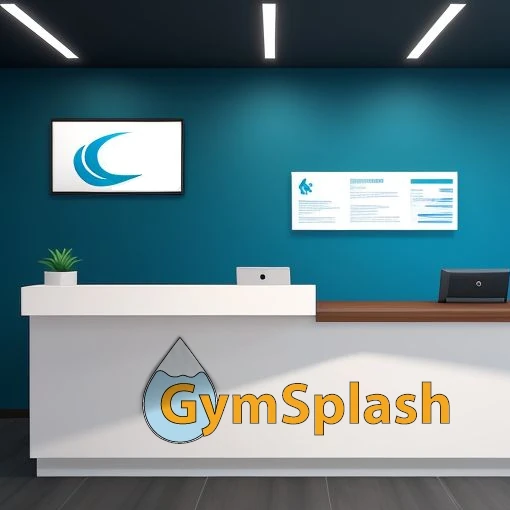The importance of Google in driving leads and awareness for gyms and personal training studios is undeniable. Yet achieving a first-page ranking for small- to medium-sized fitness facilities can often seem unattainable, especially if you are doing the marketing work yourself. However, local search engine optimization (SEO) for gyms offers a strategic advantage for these businesses by leveraging proximity to ideal clients. In this blog, we dive into the nuances of local SEO and its distinctions from general SEO. We also highlight some essential tools to help position yourself favorably in your local market.
The content of this post is a quick summary of our recent guest post on the Fitness Business Association’s (FBA) blog. The link to the article is at the end of this piece.
Gym SEO – Local Vs Global
SEO involves composing and structuring information and assets to enhance visibility on search engines. Working with a wide range of variables that focus on relevance, authority, and expertise, search engines use this information to build rankings when showing results to queries. Local SEO operates in a similar fashion but places greater emphasis on geographic location and other location-based variables. Displaying the results may come in a range of ways. One of the more sought-after positions for fitness studio owners is the Google Map Pack, based on relevant local business results.
You can read even more about this topic in our blog post about leveraging local gym SEO to dominate your market.
3 Key Local SEO Tools for Fitness Professionals
- Google Business Profile: Claiming or establishing your gym’s Google Business Profile provides essential business information directly on search results pages, including hours, contact details, and reviews. Completing this profile with accurate information, appealing images, and events or posts can help enhance visibility and credibility.
- Reviews: It is crucial to actively solicit and facilitate reviews from satisfied clients. The organic growth of reviews signals trust to search engines, and responding to reviews as the business owner further boosts credibility and keyword relevance.
- Local Website References: Integrating links to local businesses or popular nearby locations signals authority within the geographic area. This can be achieved through blog posts, a dedicated “directions page,” or a “local partners” page, enhancing on-page SEO value. Additionally, and potentially more importantly, getting links back to your website from local, high-authority websites will also help boost your website’s authority score.
Additional Strategies to Stand Out Locally with Gym SEO
- Leveraging local news and press releases to generate regional awareness. This tactic can come at a lower cost than traditional advertising while also building a robust local backlink profile.
- Participating in local events and programs to engage with the community. These types of events open to doors to networking opportunities with other businesses, and have potential to help enhance local SEO through event recaps on your gym’s website.
Making A Splash
The content generated from local SEO initiatives can be repurposed for marketing purposes, enhancing client perspective and business visibility. Further, because much of SEO can be summarized by the phrase “if it’s good for the user/customer, it’s good for SEO,” many of your efforts will tend to fall into good business practices as well. Therefore, by prioritizing the client experience and implementing these strategies, fitness businesses can promote a boost in their local rankings and help attract more customers.
You can read the full post on the Fitness Business Association’s blog here.



